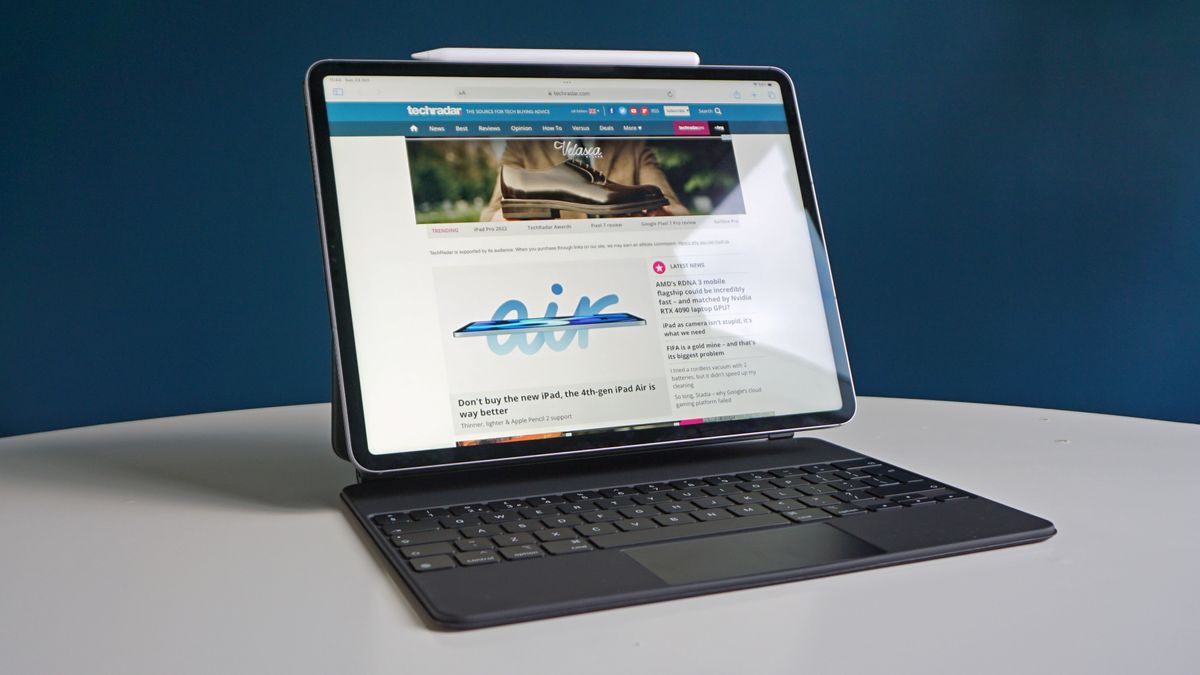Bonavita 5-Cup One-Touch Thermal Carafe Review: Simple and Excellent
After years of trial and error, my coffee setup is nicely streamlined. I have an Oxo 8-Cup for a full pot or quick single cup, an AeroPress for a higher-end mugful, and a French press for when I’m feeling nostalgic. Thanks to a tiny, bare-bones new machine, though, I’m considering changing up my countertop lineup.
The Bonavita 5-Cup One-Touch Thermal Carafe is tiny, and like many of the company’s brewers, wholly ungimmicky. In an exciting twist, my first cup was perfect, something that almost never happens with a new brewer. Using my coffee of the moment, French Sumatra from Seattle’s Lighthouse Roasters, the first sip immediately made me think of Christmas and was followed by a delicious wave of chocolate flavor. I get just a couple of cups this good in a year if I’m lucky. It was such an unexpected performance that I forgot to take notes.
Hidden Genius
The 5-Cup has the stripped-down appearance of an old-school coffee maker, with a water tank, filter basket, smaller-than-normal five-cup carafe, and just one button. Its size and simplicity were immediately appealing for someone like me, who slams two cups first thing in the morning, then slow-sips for the rest of the day. Since I’m the only coffee drinker in my house, this means I can brew a full pot, which is only about 2.5 mugfuls.
I was happy to learn that, at this scale, a half carafe is essentially a single-cup option that’s surprisingly good. For folks like me, this is preferable to using a larger brewer, as most of them make their best coffee only when making a full pot; by the time I hit the bottom of a pot that size, it’s well past its prime.
Much of the Bonavita’s abilities are under the hood, like a generously sized showerhead, high water temperature, and regulated brewing time, all of which make for a better cup. At a time when brewers can have sprawling control panels and complicated apps to match, I love how this machine steals the show with generic looks and a single button. As a sort of secret weapon, press and hold that button for five seconds, and subsequent batches get a pre-brew soak known as a bloom, which dampens the grounds before the full brew cycle so they release carbon dioxide, which can create a sour flavor in the cup.
It all reminded me a bit of the way Bryan Cranston souped-up a near-invisible getaway vehicle for Ryan Gosling in the opening scene of Drive. “Plain Jane boring, just like you asked for, but I dropped in 300 horses on the inside. She is gonna fly,” he says, as the two walk past muscle machine after muscle machine in the garage before arriving in front of a nondescript gray Chevy Impala. “[This is] the most popular car in the state of California. No one will be looking at you.”
Taking advantage of the strong performance under Bonavita’s Plain Jane hood allowed me to confidently tinker with the basics and consistently get a quality cup. I puttered with ratios of water to coffee and adjusted grind size and was always in the ballpark. It worked so well, I went from testing to just using it as my regular coffee machine without really noticing. Having just reviewed a countertop behemoth, this was a city-dweller’s dream, with a footprint a little more than 6 by 12 inches and just a hair over 10 inches high.
Strict Control
My happiness with it was no surprise to award-winning barista Sam Schroeder, co-owner of Washington state’s Olympia Coffee Roasters. Sam had a Bonavita at home for seven years, so he was immediately comfortable with it. At Olympia’s lab in Seattle, we put it through its paces surprisingly quickly. Since the fill lines on the water tank are in number of cups, not volume, Sam did some quick and clever work, setting the empty machine on a scale, taring it (zeroing it out) then filling the tank with water, at which point we learned “five cups” is about 750 milliliters. Then he used a standard brewer-friendly ratio of one part beans to 16 parts water, rounded down a bit, and started a batch with 45 grams of Olympia’s Little Buddy grounds.
Immediately, the machine hit its marks, making coffee with a total dissolved solids score of 1.4, meaning it was the right strength. It had an extraction percentage of 20.98, which meant the balance was what he called “straight up good.” The coffee tasted great. It was so good, in fact, that Sam immediately broke out the good stuff, opening a six-ounce bag of Panama Bambito Gesha Peaberry from Oliver’s Custom Coffee, where he’s also a co-owner. Soon, we were marveling at the coffee’s bonkers umami notes. I was quite impressed with both Sam’s confidence in the machine and its one-button ability to make great coffee.
Watching Sam work was also a good reminder of how even on a simple brewer like this, you can still control several variables, such as the amount of coffee and water used (by weighing it instead of using the fill lines on the tank), along with grind size, and doing so can make notable changes to the quality of the coffee.


